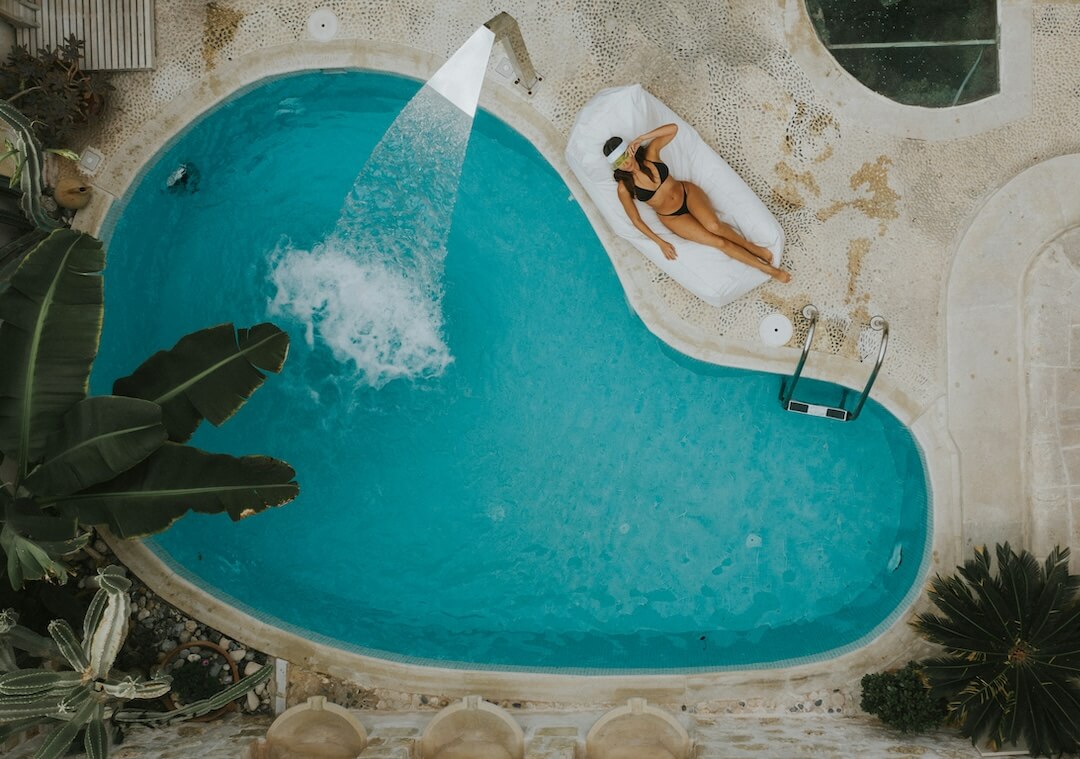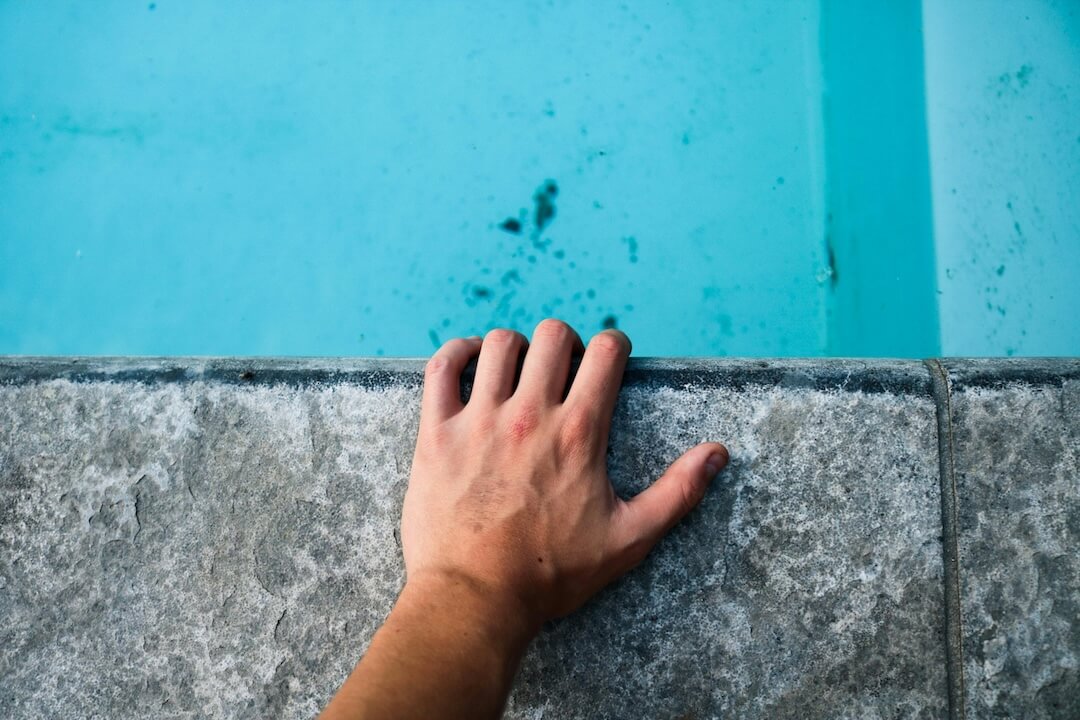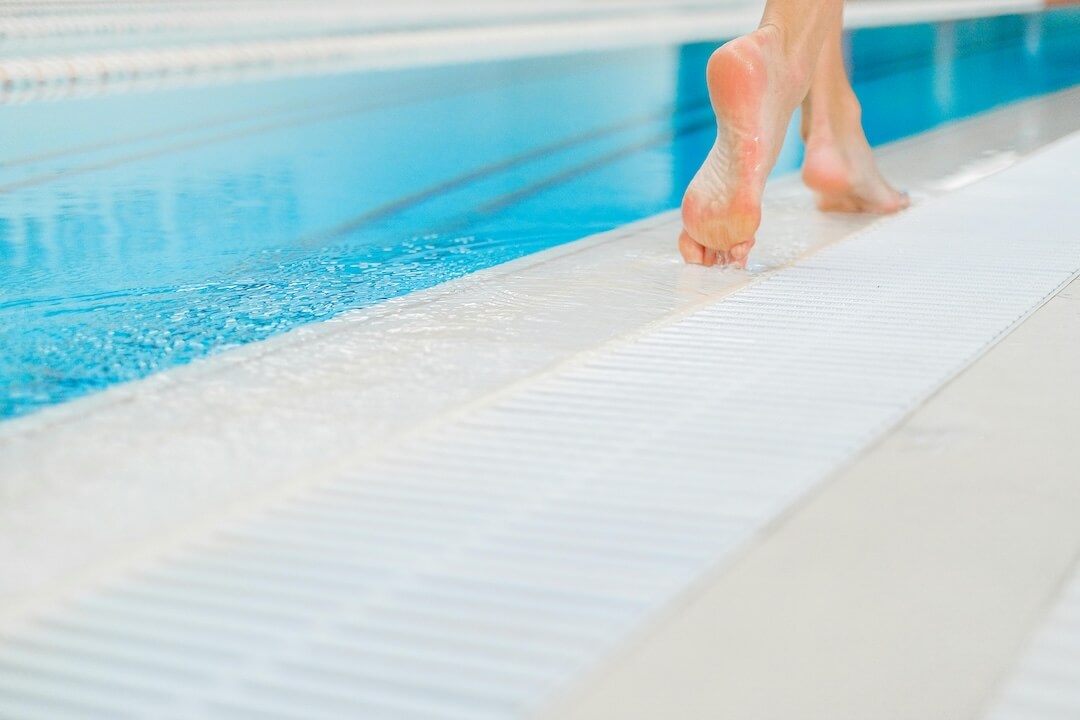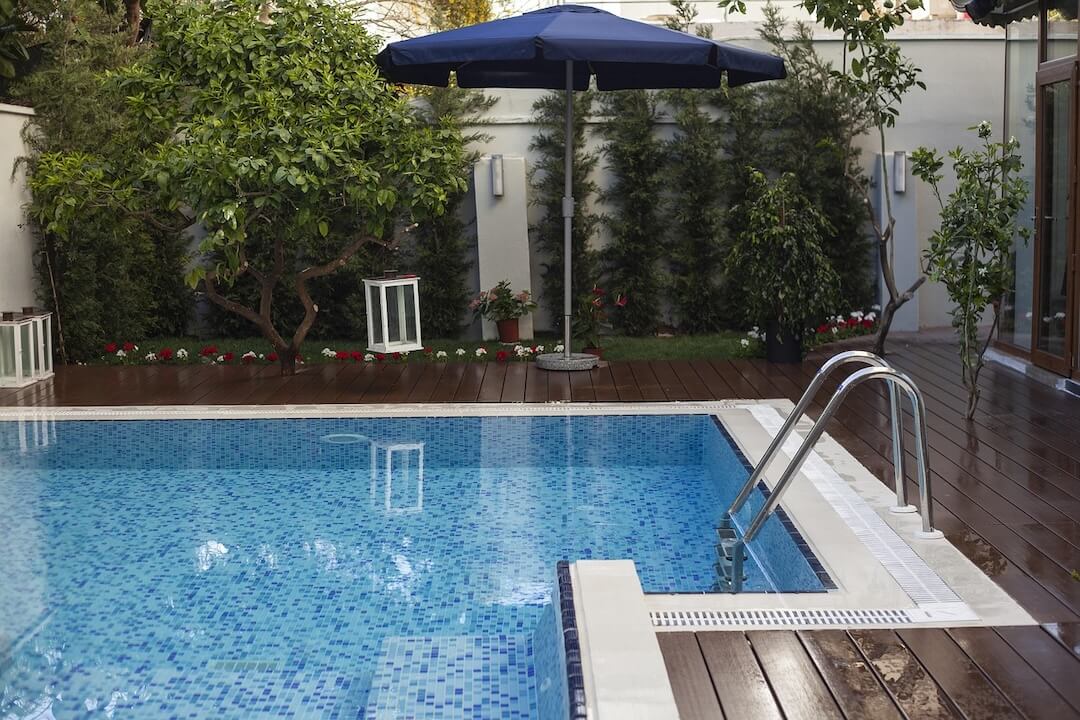How to Balance Pool pH Levels

How to Balance Pool pH Levels
Maintaining proper pH levels in your swimming pool is crucial for ensuring water safety, comfort, and ease of maintenance. In Aventura, where the climate can influence water chemistry, understanding how to keep your pool’s pH balanced can save you time, money, and frustration. This guide offers expert insights into testing, adjusting, and maintaining ideal pH levels, so your pool remains inviting and healthy all year round.
Understanding the Importance of pH in Pool Water
The pH level reflects how acidic or alkaline your pool water is, on a scale from 0 to 14. A proper pH range for pools is typically between 7.2 and 7.6. When the pH falls below 7.2, the water becomes acidic, which can cause corrosion of pool equipment, etching of surfaces, and skin or eye irritation for swimmers. Conversely, when the pH rises above 7.6, the water becomes alkaline, leading to cloudy water, scaling on surfaces, and decreased effectiveness of disinfectants like chlorine.
In Aventura, where high temperatures and direct sunlight accelerate chemical changes, maintaining the correct pH becomes even more critical. Proper pH levels help prevent algae growth, protect your pool equipment, and ensure that your sanitizer works effectively. Our pool specialists emphasize regular testing and prompt adjustments to keep these levels in check.
How to Test Your Pool pH Levels
Regular testing is the foundation of effective pool water chemistry management. You should test your pool’s pH at least twice a week during the swimming season, and more frequently during hot weather or after heavy usage. Testing can be done with liquid test kits or test strips, both of which are readily available at pool supply stores in Aventura.
To test, collect a water sample from the deep end of the pool, away from skimmers and return jets. Follow the instructions on your testing kit to compare the water’s pH with the provided color chart. If your test indicates that the pH is outside the ideal range, it’s time for adjustments.
Adjusting Pool pH Levels with Chemicals
The most common chemicals used to adjust pH are pH increasers (alkaline agents) and pH reducers (acidic agents).
To raise the pH, pool experts recommend using sodium carbonate (soda ash). It dissolves quickly and effectively increases alkalinity and pH levels. Always add chemicals slowly and in small amounts, dispersing them evenly across the pool surface to prevent staining or uneven chemical distribution.
To lower pH, hydrochloric acid (muriatic acid) or pH minus (usually containing sodium bisulfate) are recommended. These acids should be added carefully, following manufacturer instructions, and always while the pool pump is running to ensure proper mixing. Remember to wear protective gear when handling acids to prevent injury.
Our pool specialists advise testing the water again after chemical addition—wait at least four hours—to confirm that the pH has reached the desired level. Adjustments may be necessary to fine-tune the water chemistry.
Maintaining Balance for Long-Term Pool Health
Achieving the correct pH is only part of the ongoing process of pool maintenance. To keep your water chemistry stable, it’s essential to monitor other parameters such as total alkalinity, calcium hardness, and free chlorine levels.
In Aventura’s warm climate, high temperatures can cause pH levels to rise more quickly, so vigilant testing is necessary. Maintaining proper alkalinity (ideally between 80 and 120 ppm) acts as a buffer, helping to stabilize pH and prevent sudden swings. Regularly adding alkalinity increasers or adjusting chemicals as needed will help keep your pool water balanced and safe.
In addition, consider installing a automatic pH dosing system for more precise and consistent adjustments. These systems can help manage fluctuating pH levels automatically, reducing manual work and ensuring optimal water quality.
Signs That Your Pool pH Is Off Balance
Certain visual and swimmer-reported signs can indicate pH imbalance. Cloudy water often results from high pH or low sanitizer effectiveness. Skin and eye irritation are common when pH drops below 7.2. If you notice scaling on pool surfaces or equipment, it may be due to high pH or calcium carbonate buildup.
Additionally, frequent algae blooms or strong chemical odors can be linked to improper pH levels. Regular testing and proactive chemical adjustments are the best way to prevent these issues. Our pool experts recommend keeping a close eye on these signs and addressing chemistry problems promptly to avoid costly repairs and unsafe swimming conditions.
Why Professional Pool Services Are Worth Considering
While maintaining pH levels can be managed with DIY testing and chemical addition, professional pool services in Aventura offer a comprehensive approach. Our specialists have the expertise and equipment to analyze your water chemistry precisely, recommend tailored chemical treatments, and ensure optimal balance.
Regular professional inspections can help identify underlying issues before they escalate, such as equipment malfunctions or persistent chemical imbalances. With our help, you can enjoy a crystal-clear, healthy pool all season long without the stress of constant monitoring.
Contact our pool specialists today to learn more about our personalized pool maintenance plans. We are committed to providing expert advice and top-quality service, making pool ownership in Aventura a hassle-free experience.
In conclusion, understanding how to properly balance your pool’s pH levels is fundamental to maintaining a safe, attractive, and healthy swimming environment. Regular testing, careful chemical adjustments, and professional support will ensure your pool water remains in perfect condition. Trust our specialists to help you achieve and sustain the ideal chemistry for your Aventura pool, so you can enjoy worry-free swimming and extend the lifespan of your equipment.



